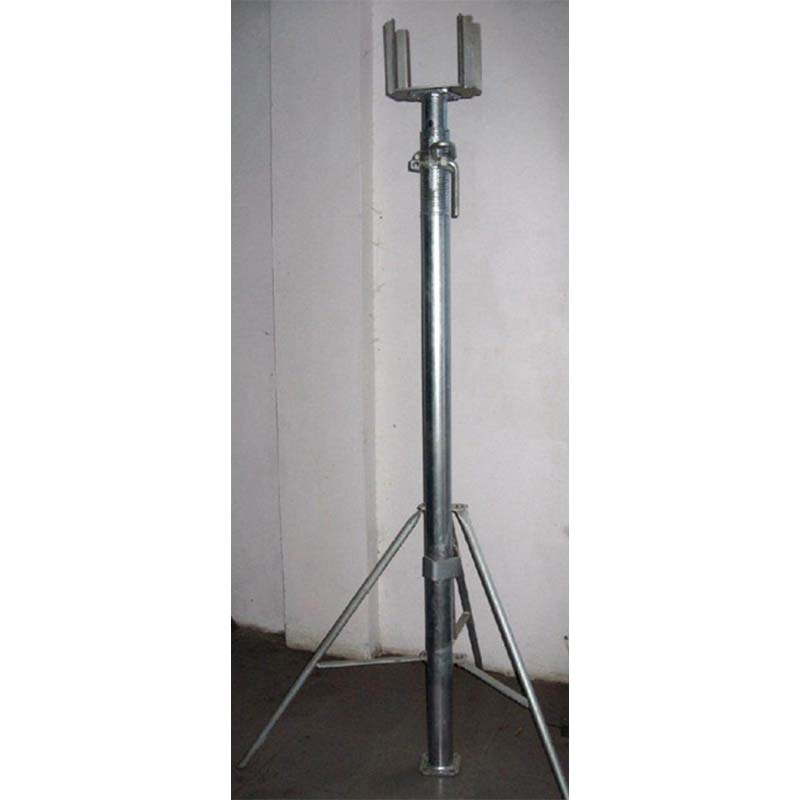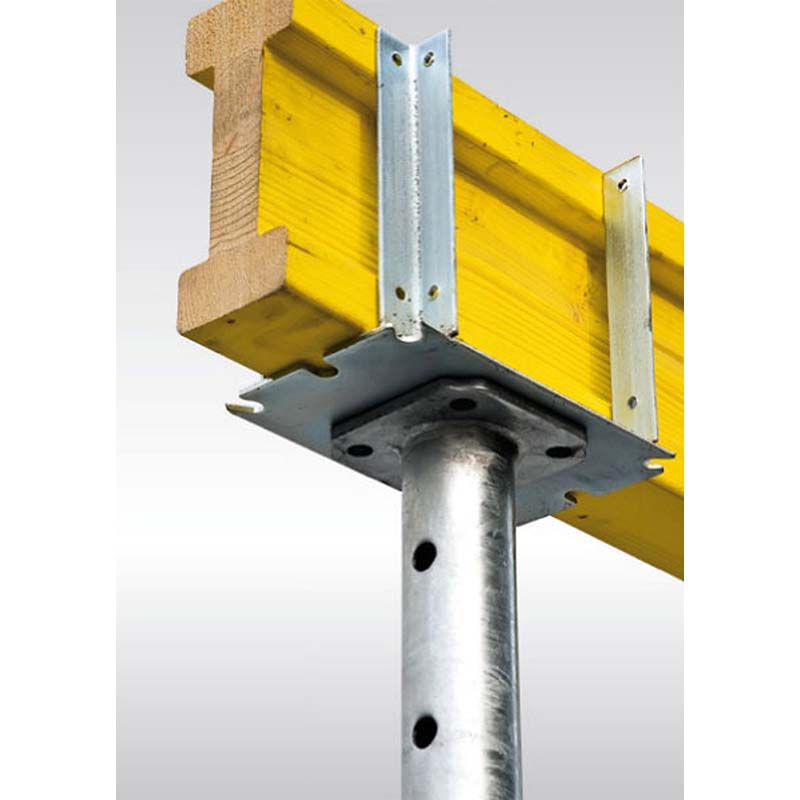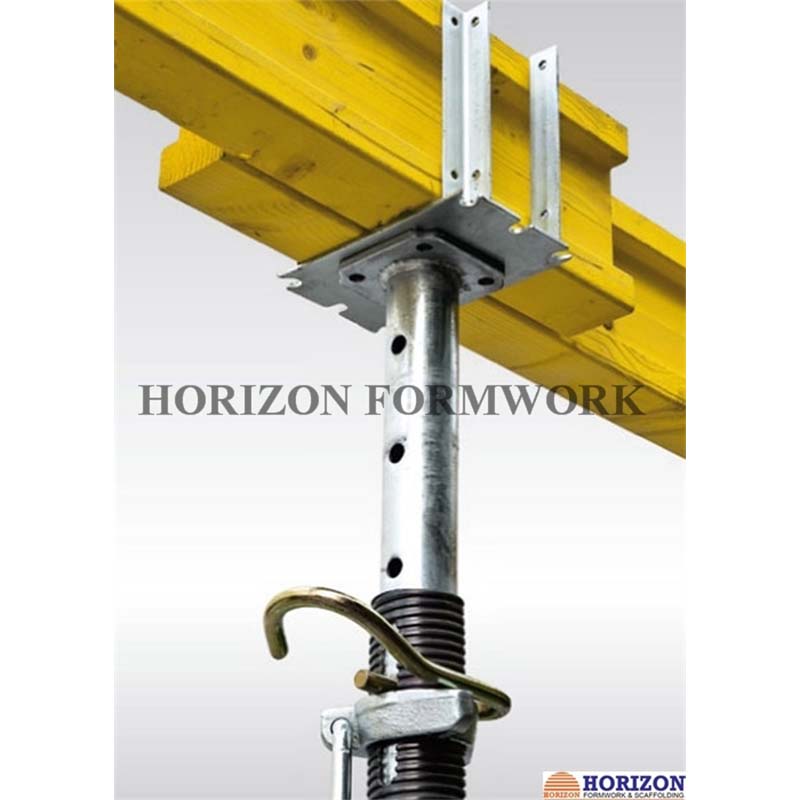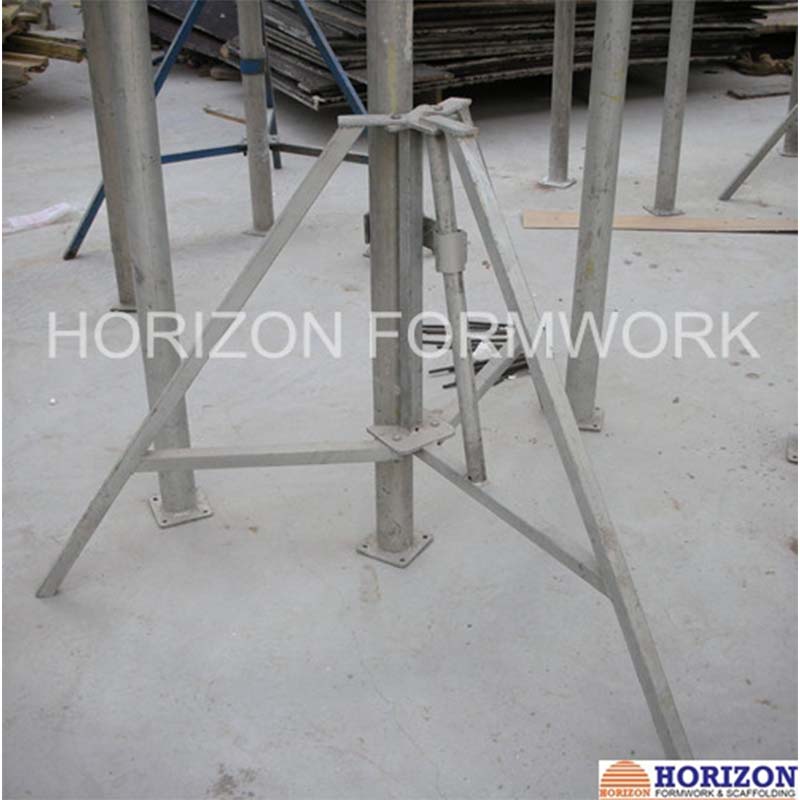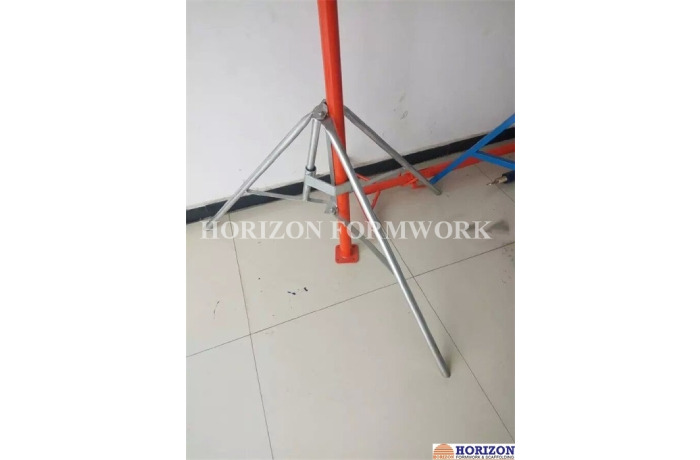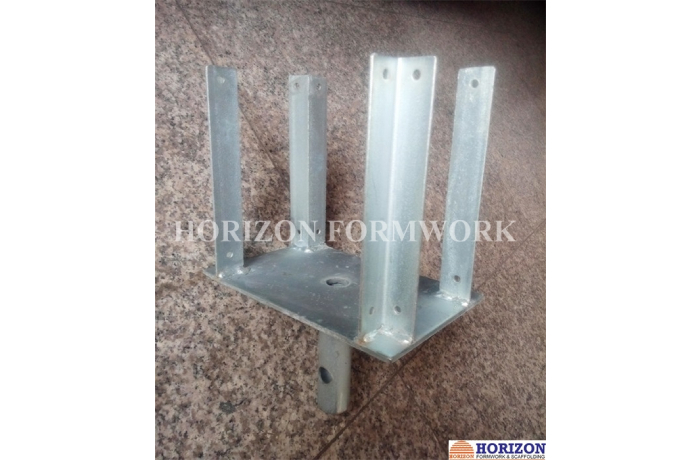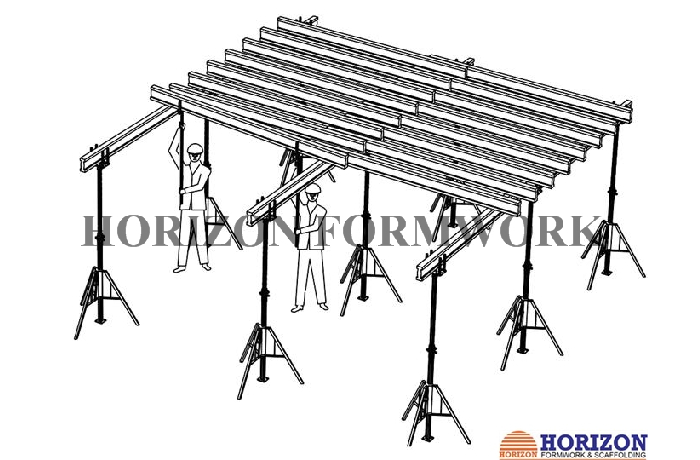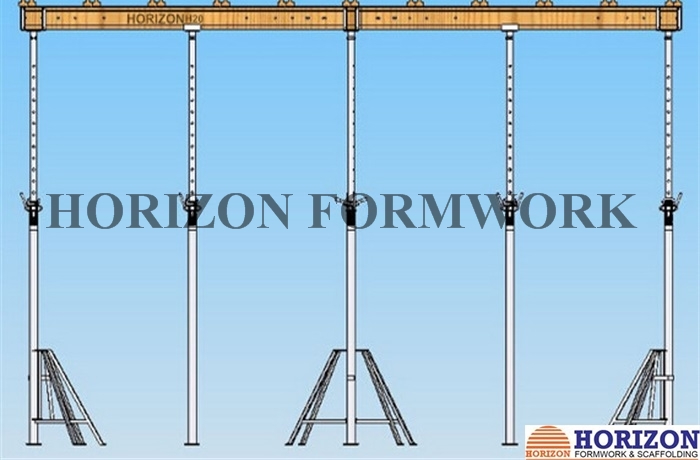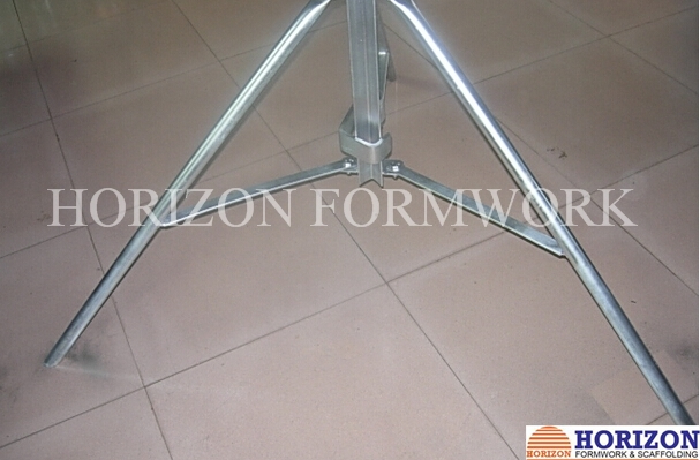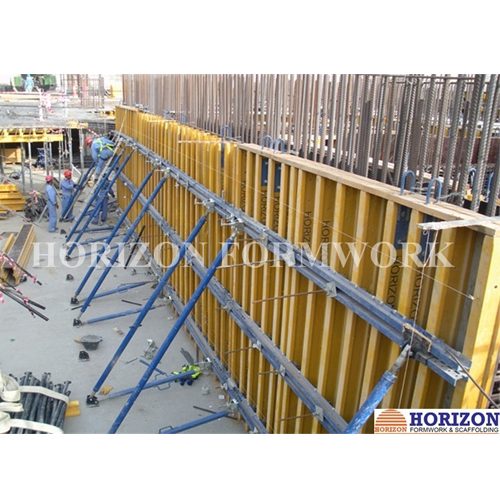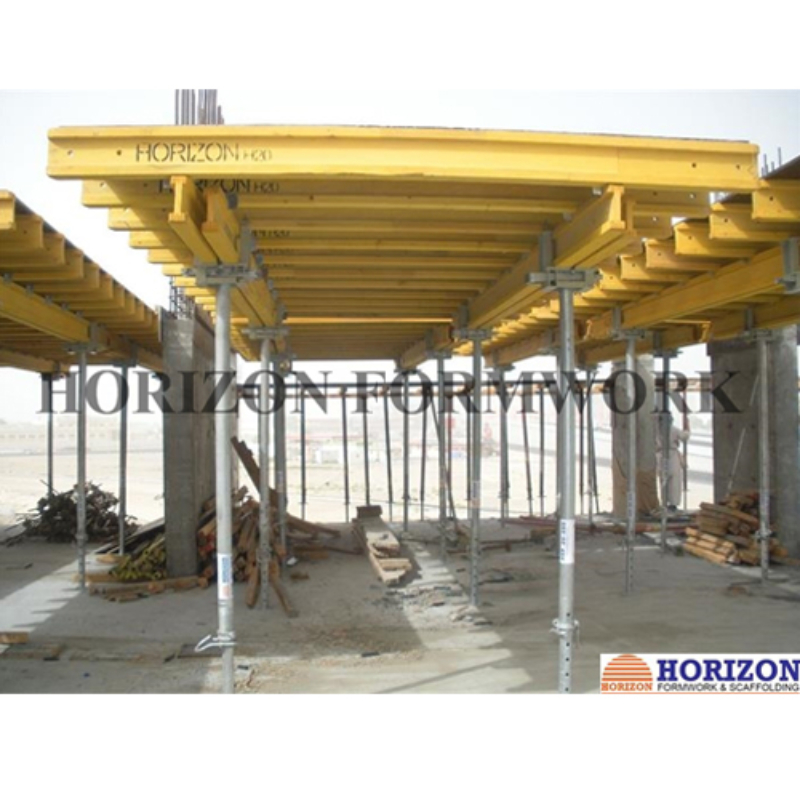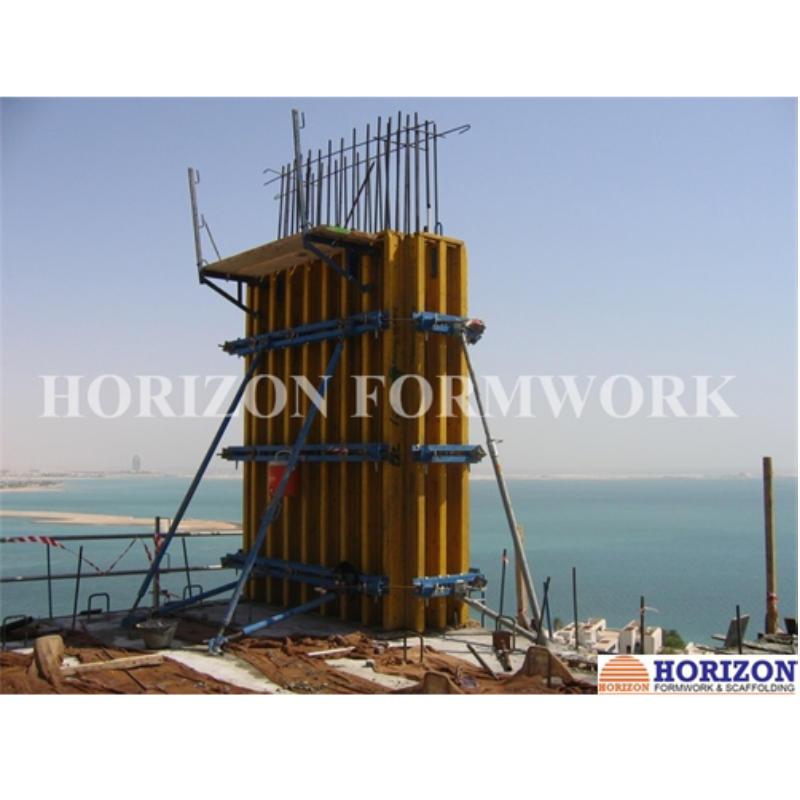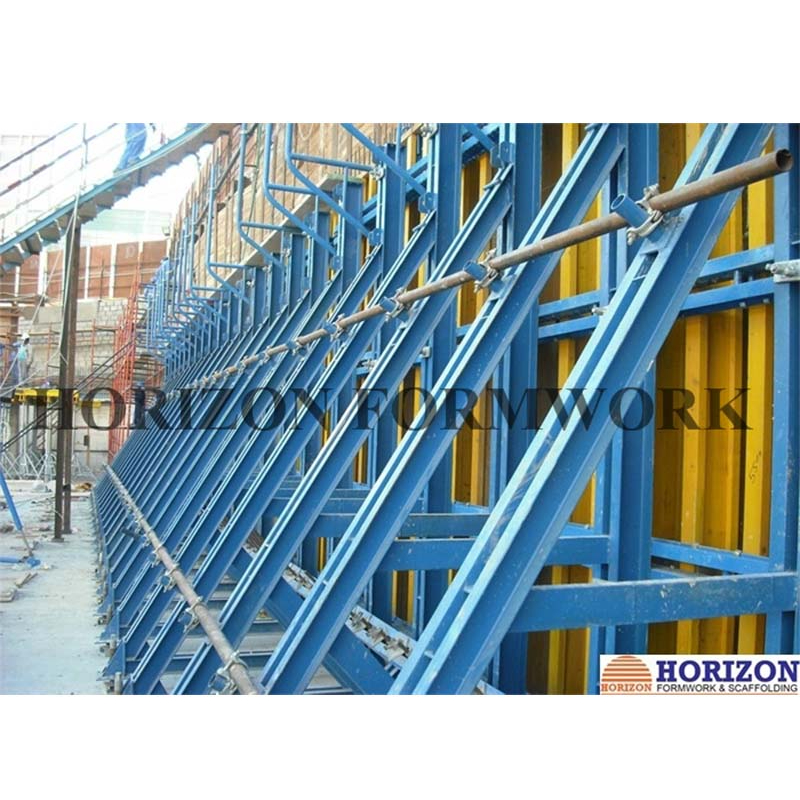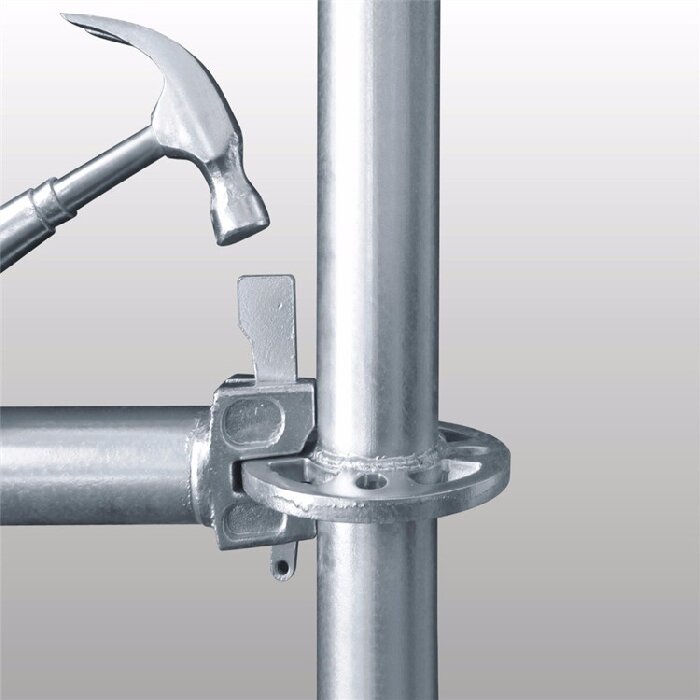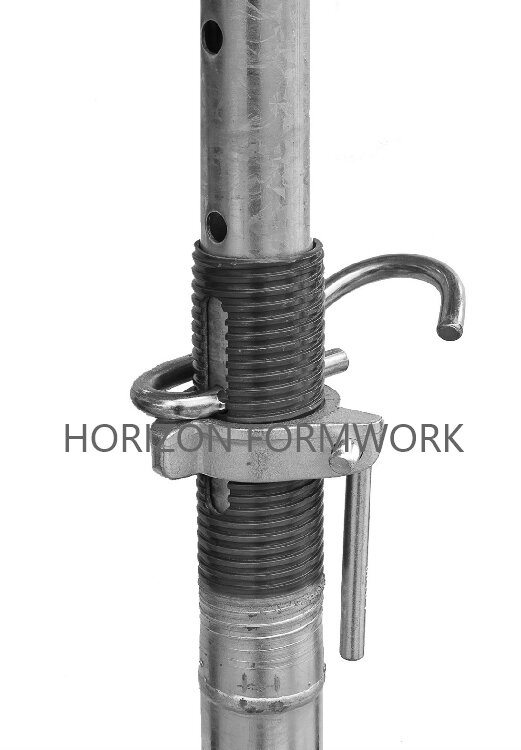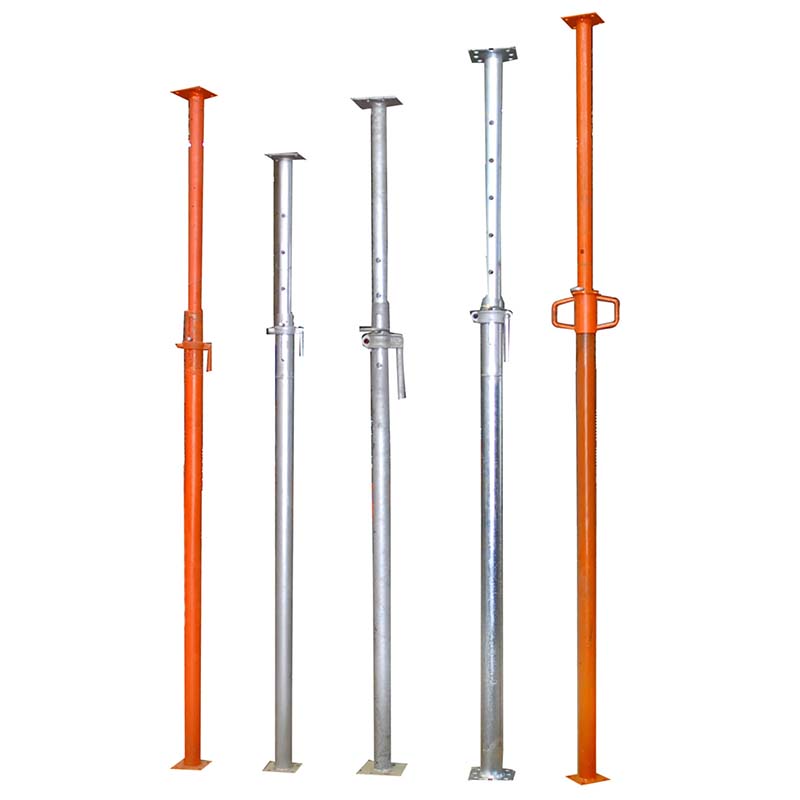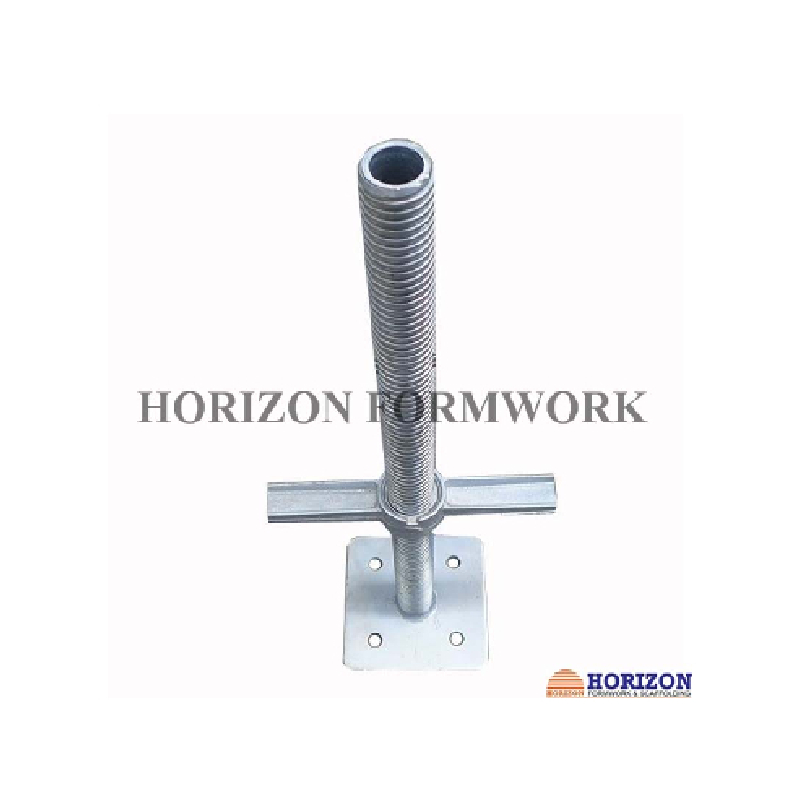Tripod & Fork head
Apejuwe
Awọn ọna kika kika ti wa ni apẹrẹ bi irọrun ati iranlọwọ okiki ti o ni kiakia ti irin irin fun fọọmu apẹrẹ slab.Nipa lilo mẹta, iduroṣinṣin ti awọn tabili ilẹ ti o ga ati ti o wa ni ọfẹ ni a le dara si lakoko okó.
Mẹta naa jẹ ki o rọrun lati ṣeto awọn atilẹyin irin tubular lakoko okó. Awọn ategun ti wa ni nìkan ṣeto ni ìmọ imurasilẹ ati ki o ni ifipamo pẹlu awọn clamping ìkọ pẹlu kan ti onírẹlẹ fe ti awọn ju. Awọn tripods le ṣee lo pẹlu gbogbo awọn iru awọn atilẹyin.
The flexibly mounted supporting legs of the tripod stand permit an optimal fit, even in the corners of the structure.
|
Sipesifikesonu |
Apejuwe |
Ìwúwo (Kg) |
|
Tripod H80 |
Made of round tube, light duty, for props of light dimensions. Working height 800mm. |
8.5 |
|
Tripod H90 |
Made of square tube, heavy duty, for props of great dimensions. Working height 900mm. |
10.2 |
The Fork Head serves to keep the Primary beam in position and protects the Timber Beam H20 from falling down.
It can hold 1 to 2 beams and is secured to the steel prop with a lock pin.
The fork head has a 2-way design. This means that in one position one timber beam, and in the other position - a 90°rotation - two timber beams can be inserted in the head.
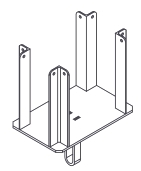 |
Gigun (mm) |
Ìbú (mm) |
Giga (mm) |
Ìwúwo (Kg) |
|
230 |
145 |
330 |
2.5 |
